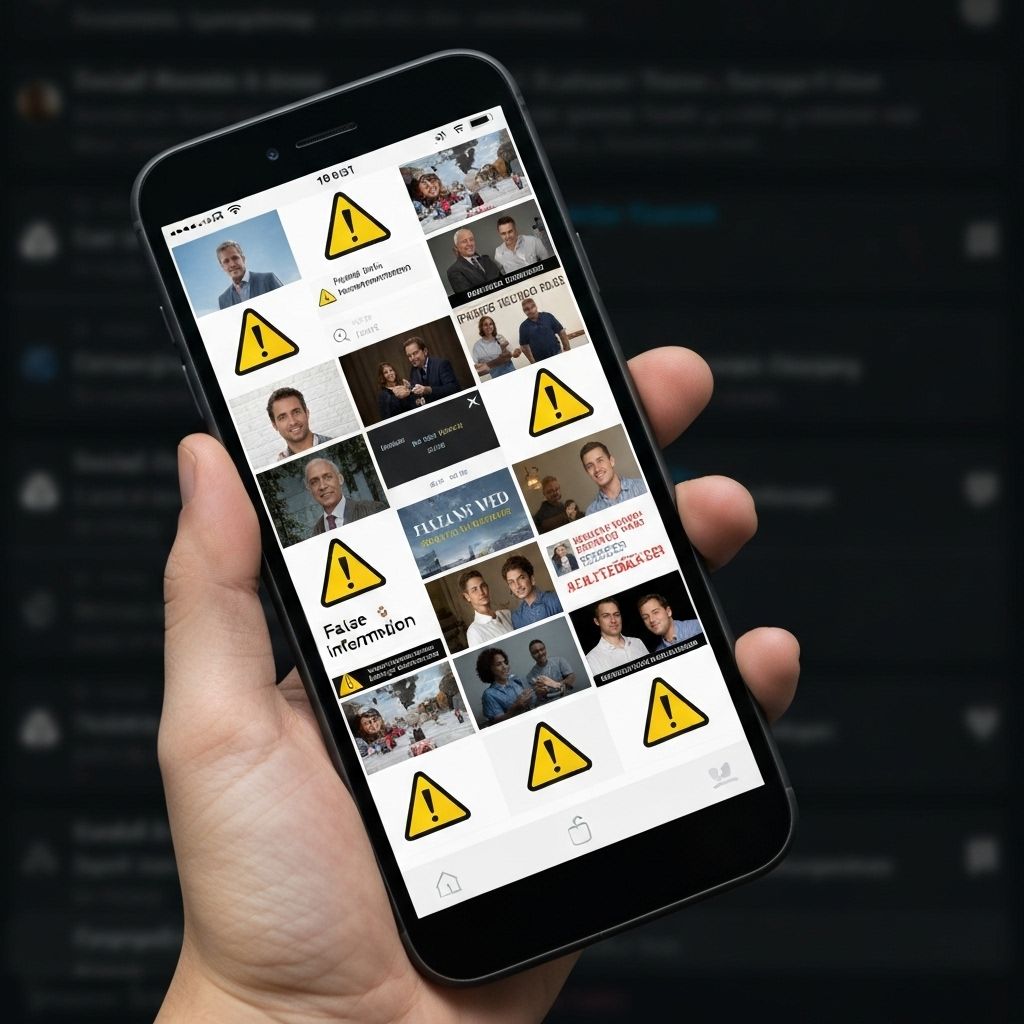Why WhatsApp, Teams, and Slack Fail During Emergencies: The Case for Dedicated Alert Systems

When an emergency strikes, every second counts. Yet many UK organisations still rely on everyday communication tools like WhatsApp, Microsoft Teams, Slack, or email to send critical alerts. Whilst these platforms excel at routine workplace communication, they're fundamentally unsuitable for emergency notifications—and this misuse can have serious consequences.
The Multi-Use Problem: When Everything Is Urgent, Nothing Is
The core issue with using general-purpose communication tools for emergencies is simple: they're designed for everything, which means they're optimised for nothing specific. When the same platform handles birthday announcements, project updates, casual chat, and life-threatening emergencies, critical messages become lost in the noise.
Notification Fatigue: The Silent Killer
UK office workers receive an average of 121 emails per day, alongside dozens of Teams messages, Slack notifications, and WhatsApp pings. This constant barrage creates "notification fatigue"—a psychological state where people begin ignoring or dismissing alerts without reading them.
During a genuine emergency, a critical alert sent via these channels faces the same fate as a routine message: it's just another notification in an endless stream. Research shows that people are 73% less likely to notice urgent messages when they're delivered through channels saturated with non-urgent content.
Real-World Consequences: UK Case Studies
Manufacturing Facility, West Midlands (2023)
A chemical leak occurred at a manufacturing plant that used WhatsApp groups for emergency communications. The safety officer sent urgent evacuation instructions, but many employees had muted the group due to excessive non-emergency chatter. Three workers required hospital treatment after delayed evacuation.
University Campus, Scotland (2022)
During a security incident, campus security sent alerts via Microsoft Teams. However, many students and staff had disabled Teams notifications due to constant course-related messages. The incident response was delayed by 18 minutes whilst security personnel attempted to reach people through alternative channels.
Office Building, London (2023)
A fire alarm malfunction led facilities management to send evacuation instructions via email and Slack. Many employees were in meetings with notifications silenced, whilst others had email filters that automatically sorted facilities messages into low-priority folders. The building wasn't fully evacuated for 25 minutes.
Why General Communication Tools Fail in Emergencies
1. No Guaranteed Delivery
Email can be filtered to spam or promotional folders. Teams and Slack messages can be muted. WhatsApp requires the app to be open and the group to be unmuted. None of these platforms guarantee that your critical message will actually reach recipients in real-time.
2. Lack of Delivery Confirmation
When you send an emergency alert via email or Teams, you have no reliable way to know who's actually received and read it. WhatsApp's read receipts only work if enabled, and group messages don't show individual read status. During an emergency, not knowing who's been reached can be catastrophic.
3. Message Overload and Threading
In active Slack channels or Teams groups, messages move quickly. A critical alert can be pushed off-screen within seconds by subsequent messages. Email threads can bury urgent information under layers of replies. The emergency message becomes just another item in a crowded feed.
4. Platform Dependency and Access Issues
These tools require specific apps, internet connectivity, and often corporate network access. During emergencies that affect IT infrastructure, these dependencies become critical failures. If your VPN is down, Teams messages won't reach remote workers. If mobile data is congested, WhatsApp messages may not deliver.
5. No Escalation or Redundancy
General communication tools lack built-in escalation mechanisms. If someone doesn't respond to a Teams message, there's no automatic escalation to SMS or voice call. Dedicated alert systems provide multi-channel redundancy—if one method fails, others automatically engage.
The Psychology of Mixed-Use Channels
Human brains are remarkably good at pattern recognition and categorisation. When we consistently receive non-urgent information through a particular channel, our brains categorise that channel as "non-urgent." This psychological conditioning means that even when a genuine emergency message arrives through that channel, our initial response is to treat it with the same low priority as routine messages.
This is why fire alarms have distinct sounds, why ambulance sirens are unique, and why emergency broadcast systems use specific tones—our brains need clear, unambiguous signals that something requires immediate attention.
What UK Organisations Should Do Instead
Implement Dedicated Alert Systems
Purpose-built emergency notification systems are designed specifically for critical communications. They provide:
- Guaranteed delivery through multiple channels (SMS, voice calls, push notifications)
- Delivery confirmation showing exactly who's received and acknowledged alerts
- Automatic escalation if recipients don't respond within set timeframes
- Priority routing that bypasses normal notification settings
- Redundancy across multiple communication channels
- Offline capability that doesn't depend on corporate networks
Establish Clear Communication Hierarchies
Create and communicate a clear hierarchy of communication channels:
- Dedicated alert system: Life-threatening emergencies, evacuations, critical incidents
- Email: Important but non-urgent information, policy updates, scheduled maintenance
- Teams/Slack: Day-to-day collaboration, project discussions, routine updates
- WhatsApp: Informal team communication, social coordination
When everyone understands which channel signals what level of urgency, response times improve dramatically.
Regular Testing and Training
Test your emergency communication systems regularly—but never test them using your routine communication channels. If you send test alerts via email or Teams, you're training people to ignore emergency messages from those channels.
Reserve Dedicated Channels for Emergencies Only
If you must use a general platform as a backup, create dedicated emergency-only channels that are never used for routine communication. A Teams channel or WhatsApp group that only ever sends emergency alerts will maintain its psychological impact.
The Cost of Getting It Wrong
The financial and human costs of failed emergency communications can be severe:
- Legal liability for inadequate duty of care
- Regulatory penalties under Health and Safety at Work Act 1974
- Reputational damage following preventable incidents
- Insurance implications if negligence is demonstrated
- Personal injury claims from affected individuals
More importantly, lives can be at stake. When seconds matter, relying on tools designed for casual conversation is a risk no organisation should take.
Moving Forward: A Practical Approach
Transitioning from multi-use tools to dedicated alert systems doesn't require abandoning your existing communication platforms. Instead:
1. Audit your current emergency communication methods and identify gaps
2. Implement a dedicated alert system for genuine emergencies
3. Clearly communicate the new hierarchy to all staff
4. Train regularly on when and how to use each channel
5. Test your systems quarterly with realistic scenarios
6. Review and refine based on feedback and incidents
Conclusion
WhatsApp, Teams, Slack, and email are excellent tools for what they're designed to do: facilitate everyday communication and collaboration. But emergencies aren't everyday events, and they require purpose-built solutions.
The question isn't whether your organisation can afford a dedicated emergency alert system—it's whether you can afford not to have one. When lives are at stake, "good enough" isn't good enough.
This article is based on general UK workplace safety principles and best practices in emergency communication. Organisations should consult with health and safety professionals to develop emergency communication strategies appropriate to their specific circumstances and regulatory requirements.
Ready to Enhance Your Crisis Communication?
See how Is Everyone Safe can help protect your people during emergencies.

